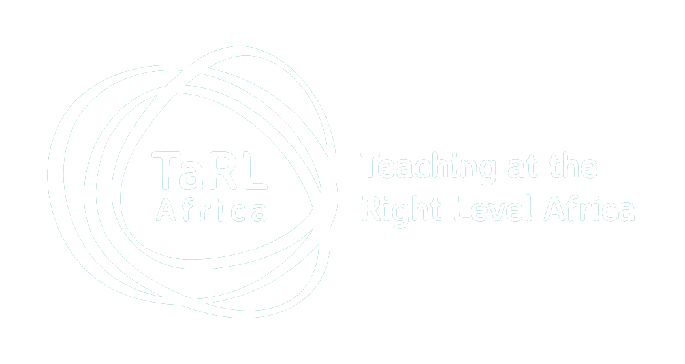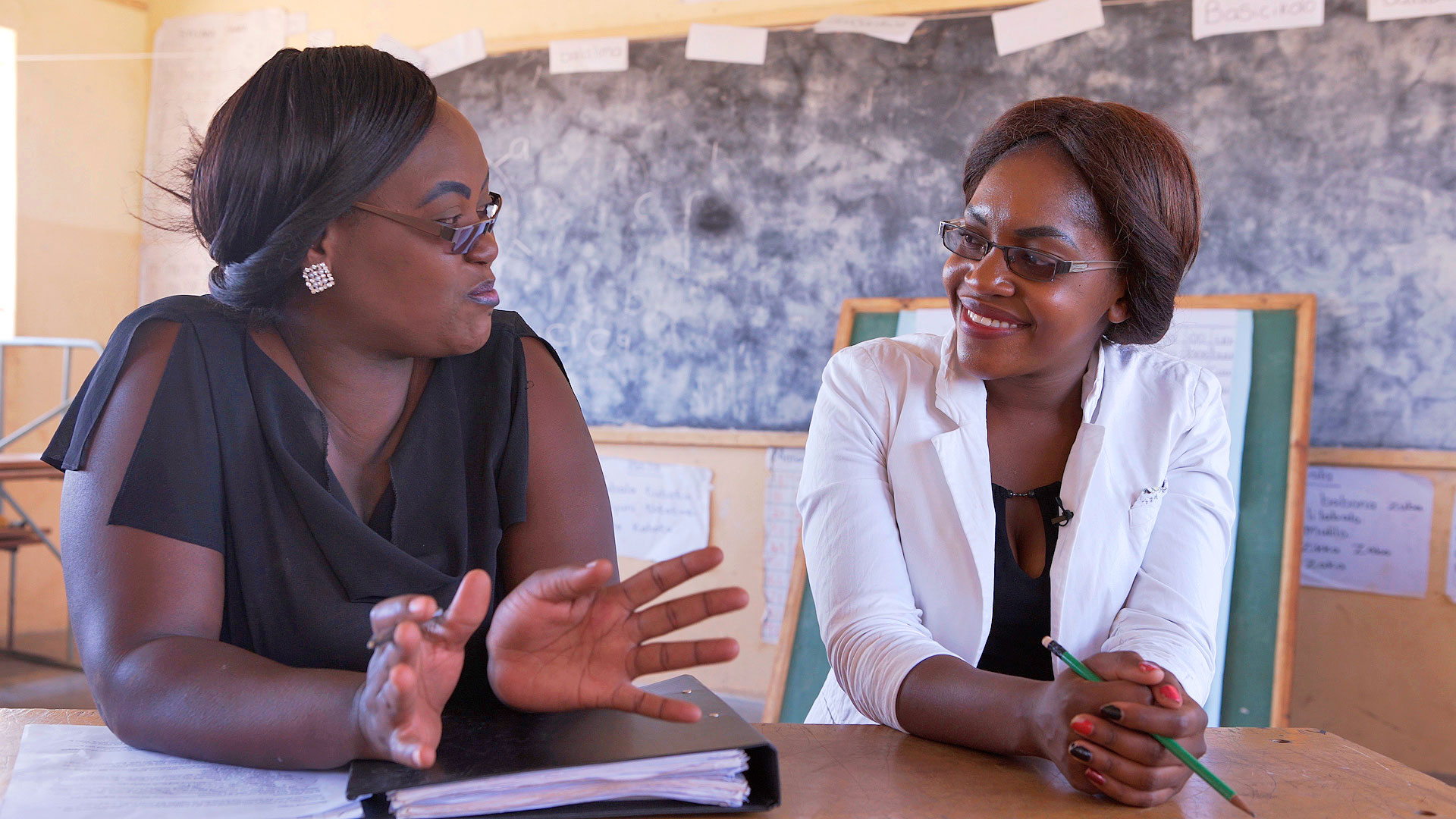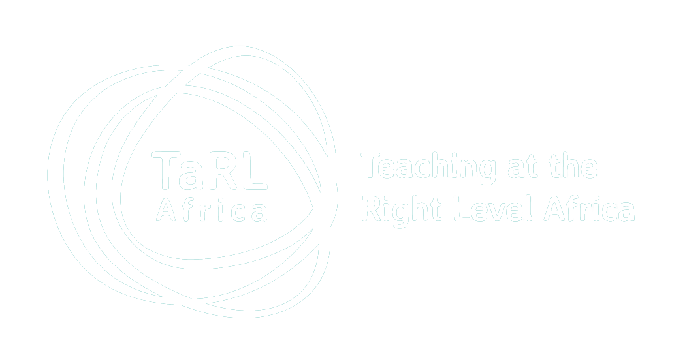Implementation Team

Who designs Teaching at the Right Level (TaRL) programmes, teaches children foundational skills, and ensures that TaRL is properly implemented? TaRL programmes usually require at least three teams: TaRL Programme Teams, TaRL Instructors, and TaRL Mentors.
-
 TaRL Programme Teams
TaRL Programme Teams
-
TaRL Instructors
-
 TaRL Mentors
TaRL Mentors
These teams support the implementation of TaRL programmes, assisting with programme design and management, material development, and measurement. They may be composed of different TaRL actors, depending on the context. In some instances, programme teams may be made up of a mix of government officials and NGO staff. In other instances, where TaRL is being directly implemented by an NGO, programme teams could be made up solely of NGO staff. Programme teams do not work in silos. They spend time in the field working with local teams to deeply understand programmes. Members of the programme team may have different focus areas and responsibilities, but they understand all the different design elements of TaRL and communicate regularly with one another to think holistically about what they can do to improve children’s learning.
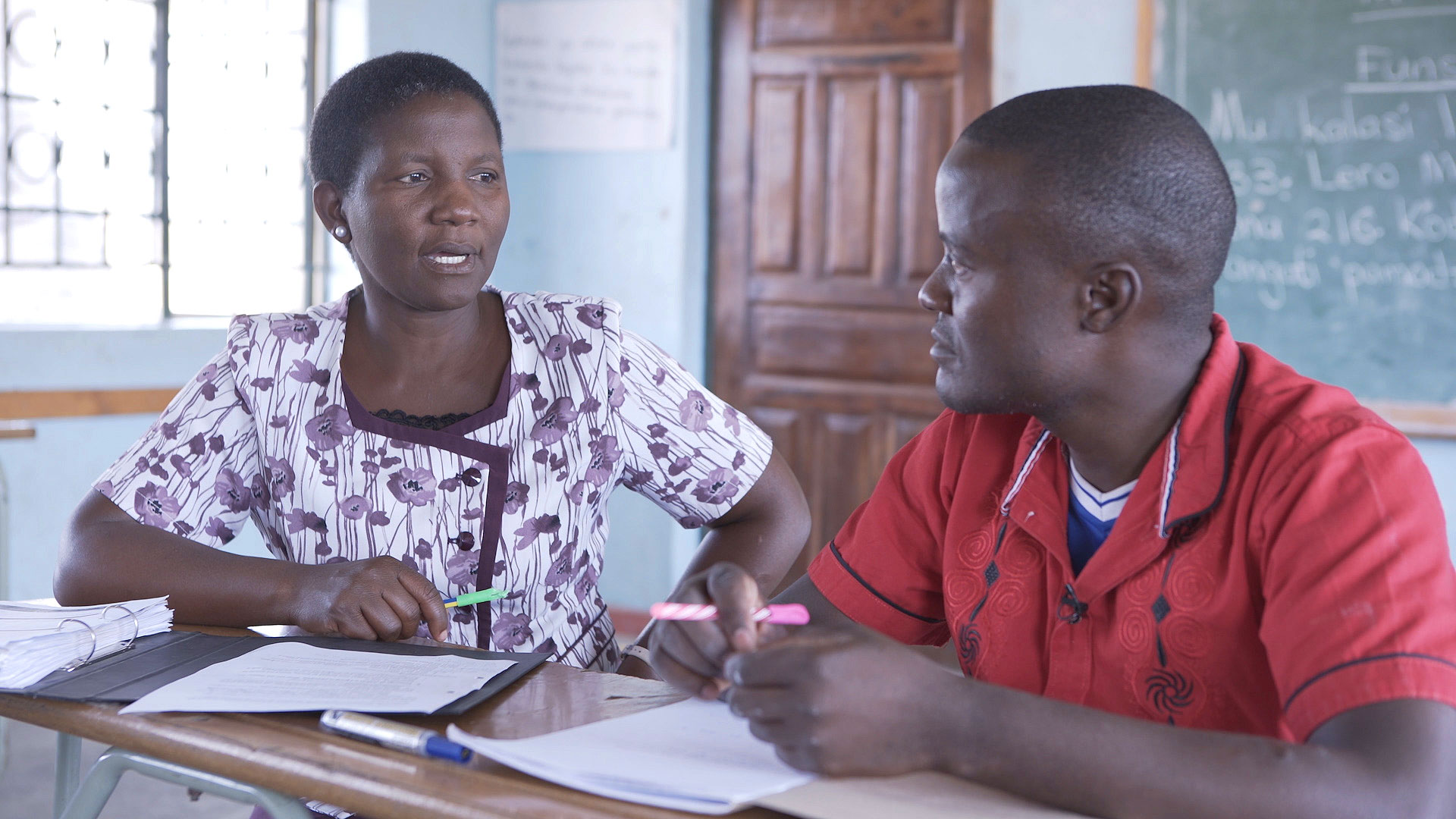
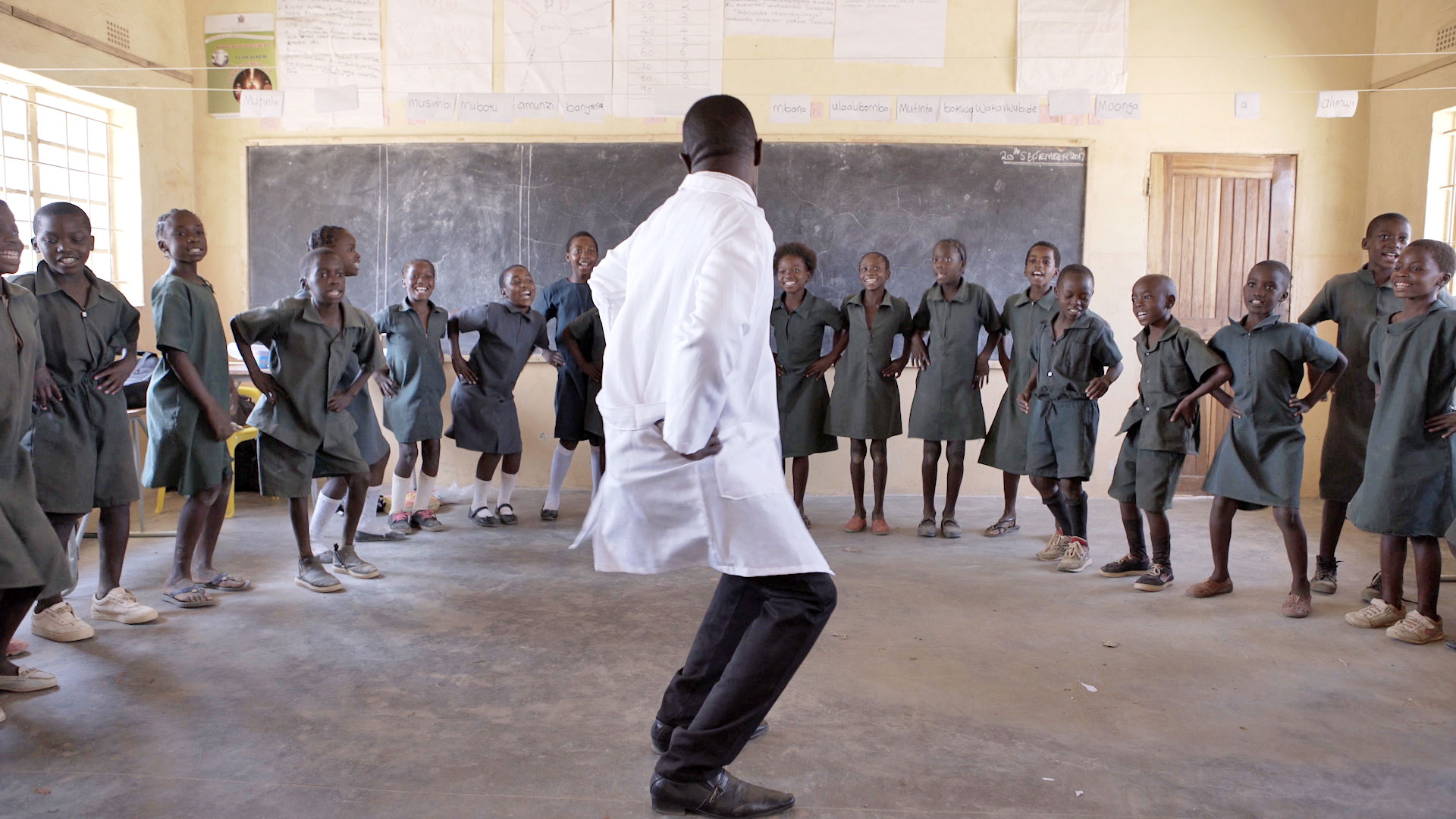

Leaders of Practice
Throughout the TaRL programme implementation teams are Leaders of Practice. These leaders have a deep understanding of TaRL and serve as advocates and catalysts for the approach. TaRL leaders could be instructors, government supervisors, NGO staff, or volunteers. They have all been trained in the approach, have practised TaRL in the classroom themselves and provided support to help instructors and others implement TaRL in a robust manner. Leaders of practice support, mentor and inspire their colleagues, empowered by their own experience delivering the approach and seeing the gains in learning that can be made. This leadership is the linchpin in strong, sustainable TaRL ecosystems. It ensures that the focus remains on the child, that teachers stay on track, and that innovation and learning is threaded back into TaRL delivery.
1) Banerji, Rukmini, and Madhav Chavan. “Improving literacy and math instruction at scale in India’s primary schools: The case of Pratham’s Read India program.” Journal of Educational Change 17, no. 4 (2016): 453-475
